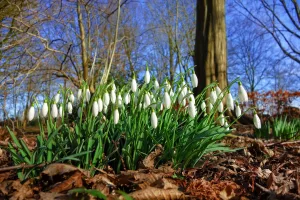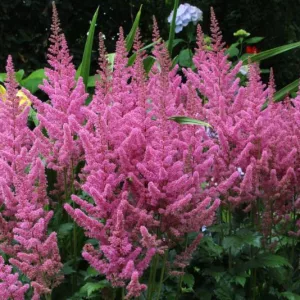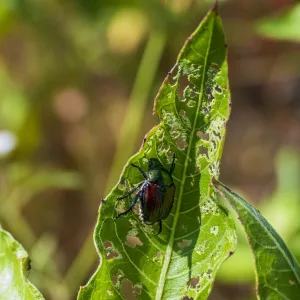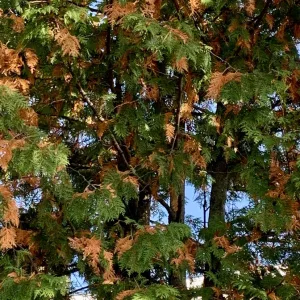Everything sure is growing after the hot sunny days we’ve had! Leaves on trees and shrubs have popped, early perennials have started to bloom and lawns have greened up.
It’s essential that you start to feed all those plants so they continue to thrive. Last week I talked about how essential healthy roots are for optimum growth. Now I want to focus on the food plants need to maintain healthy growth.
I often get asked about the best time in spring to begin to fertilize. The simplest answer is always to start once you see active growth. Spring bulbs should be fertilizer as soon as you see the leaves start to unfurl. The food you provide now will help them store energy so flowers appear year after year.
Right now, I have daffodils and tulips blooming in my garden. I gave them an application of granular fertilizer several weeks ago. Once the blooms fade and the leaves turn yellow, I will give a gentle twist and tug on the foliage. If it’s ready, it will detach from the bulb below.
I also have spring perennials blooming in the gardens. My collection of primroses give me such joy each spring! They are long lasting perennials that have been in the garden for many years and, with adequate fertilizing, will bloom for many more to come.
Just as a side note, any of the spring blooming perennials you have should be divided in the fall. I have several clumps that have gotten too large for the space they have in the garden. I will take note of the flower colour for each clump and plan to divide them this fall. Some pieces I will move to other gardens and a few will be given to friends.
Some of my primroses originally came from an English gentleman I met over 30 years ago. He passed away many years ago, but each spring when I see those flowers blooming, I think of Mr. Norris.
Fertilizers are available in many different forms and formulations. They have all been developed to feed specific plant types so read packages carefully to determine the type you need.
All fertilizers have 3 main nutrients listed on the package and they are always in the same order, for example 15-30-15. The first number indicated the percentage of nitrogen by volume. The second number is the amount of phosphorus in the mix. The potassium content is indicated by the last number.
From the above example, 15 % of the nutrient in the fertilizer is nitrogen, 30% is phosphorus and 15% is potassium. That only adds to 60% though. The final 40% is other micro-nutrients and the carrier that holds the all the food.
Nitrogen is essential for healthy leaf growth. Phosphorus aids in root and flower formation. Potassium helps overall plant health and helps plants toughen up for winter.
Fertilizer developers blend their products to target optimum growth for specific plant types. As an example, 10-15-10 is one of the liquid plant fertilizers available to use as a transplanting fertilizer. It helps establish a strong root system. 20-20-20 is an all-purpose fertilizer that can be used for many plant types. It’s often recommended for houseplants. 20-8-20 is a formulation developed to encourage lots of blooms on flowering plants.
Over the years the phosphorus content in fertilizer has been steadily dropping. Research has shown this nutrient lasts the longest in the soil so less is now needed. There is also concern about phosphates leaching into water supplies, rivers and lakes. Manufacturers have taken that concern seriously. You might have noticed that many lawn fertilizers are now phosphate free.
All nutrients must be dissolved in water for the roots to absorb the food. Be sure to water well after broadcasting granular fertilizer throughout the garden.




